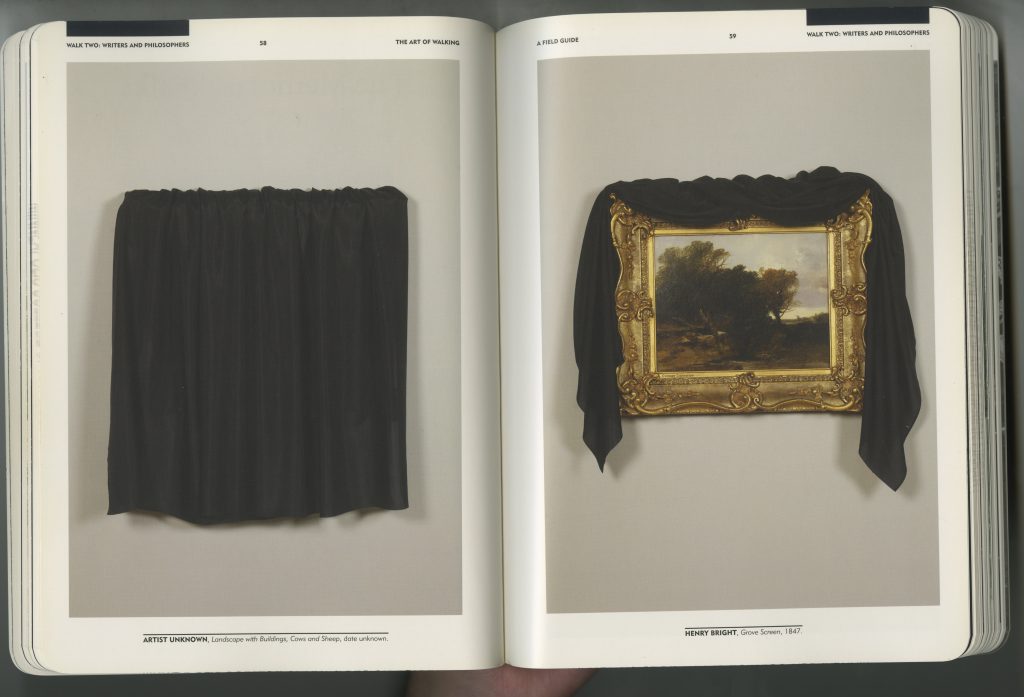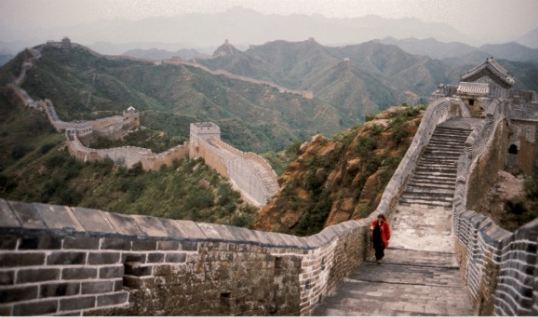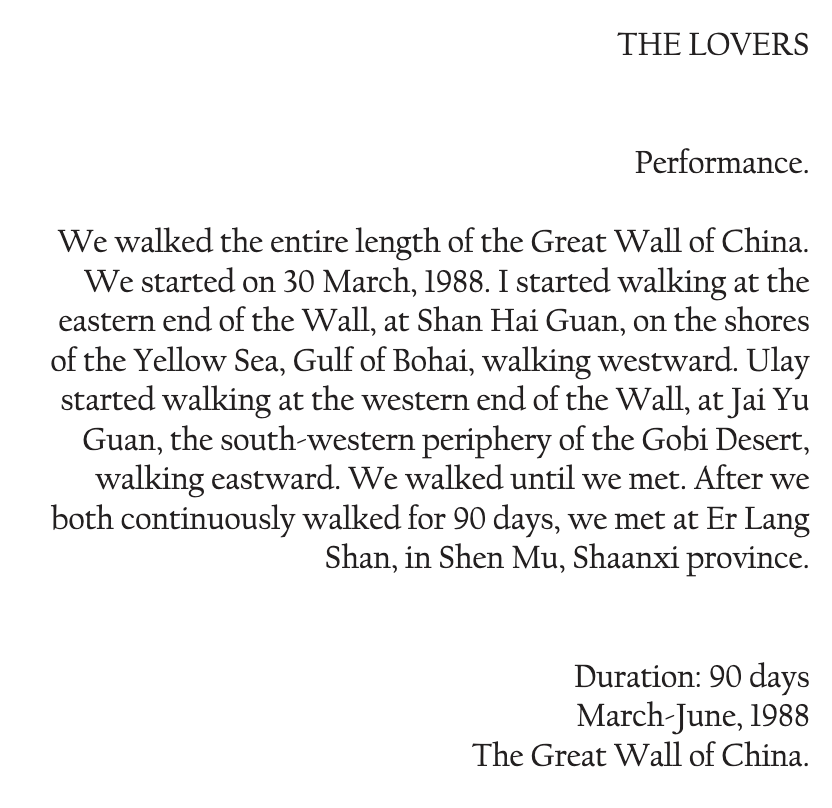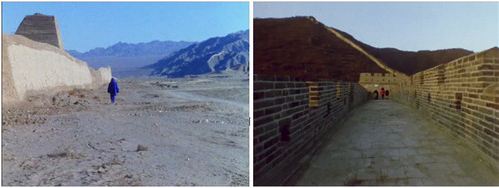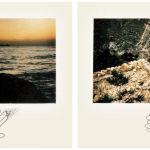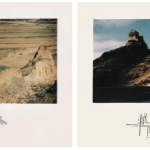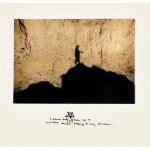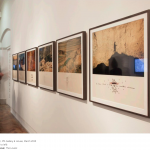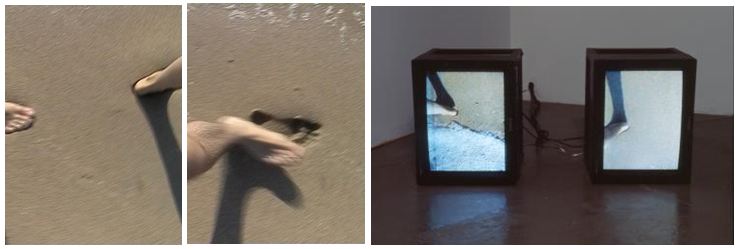SOURCE: The Art of Walking: A Field Guide
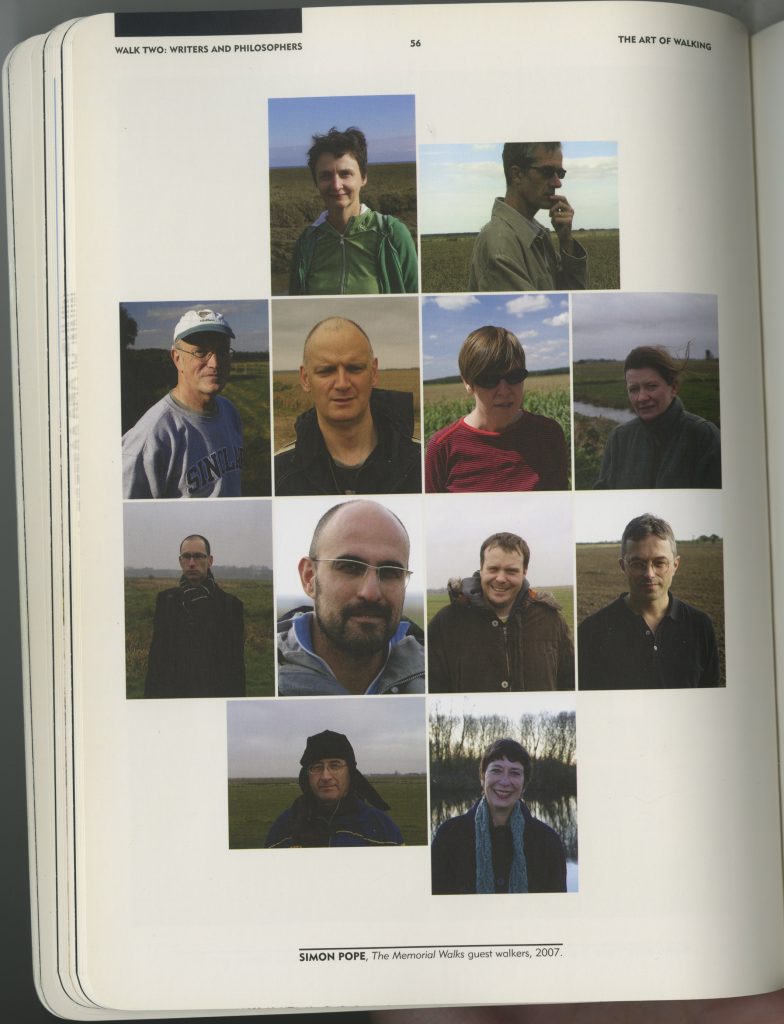
Simon Pope (1966-)
- The Memorial Walks was a series of 17 walks, each with a guest walker, many of whom write about landscape, memory or the environment. These walks were made in the vicinity of Norwich and Lincoln in the east of the UK and were commissioned by Film & Video Umbrella for the group exhibition, Waterlog, 2007. Each walker was asked to spend time with a painting of a local landscape, taking into memory the detail of a tree, often depicted as the central motif in the painting. On accompanying me on a walk out into the farmland and fenlands of East Anglia, each writer would perform a recollection, from memory, of the tree. In doing so, I had hoped that they might repopulate the countryside with images, summoned-up and made to live through the sheer force of a spoken-word description, as an act of defiance against forgetting.
- The Memorial Walks was made as a homage to WG Sebald, drawing on his use of walking and the stubborn insistence that the past would not fade from memory. In The Rings ofSaturn, a rough photocopied image of trees, which had been ravaged by the storms of 1987, form part of a description of the destruction of those things which seem permanent or destined to outlive us as human beings. In December 2006, on the fifth anniversary of Sebald’s tragic death, I walked with Nicholas Thornton, one of the curators of the exhibition committing to memory the image of the fallen, broken trees and walking into the fenland outside of Norwich. Here, we each recalled what we could remember of the image, casting out a partial, spoken word description into the prevailing wind. This became a rehearsal of sorts for the work that was to follow: a summoning-up of a series of tree-images as a metaphor for human frailty in the face, not only of nature, but also of economics, politics and so on.
- Walking with others became the focus of my work following The Memorial Walks,
exploring how walking together can be a model for dialogue. I often continued to use spoken-word descriptions of things shared during a walk, such as the negotiation of the route itself in A Common Third, 2010. In Memory Marathon, 2010, I used a ‘walking and talking’ method to elicit descriptions from 104 walkers in a relay over the course of a day. This emphasis on the social modalities of walking led me towards a wider interest in how land can become an interlocutor in human dialogue and how other non-human things can be brought into the realm of dialogic art practice.
You can buy a copy of the Memorial Walks.
